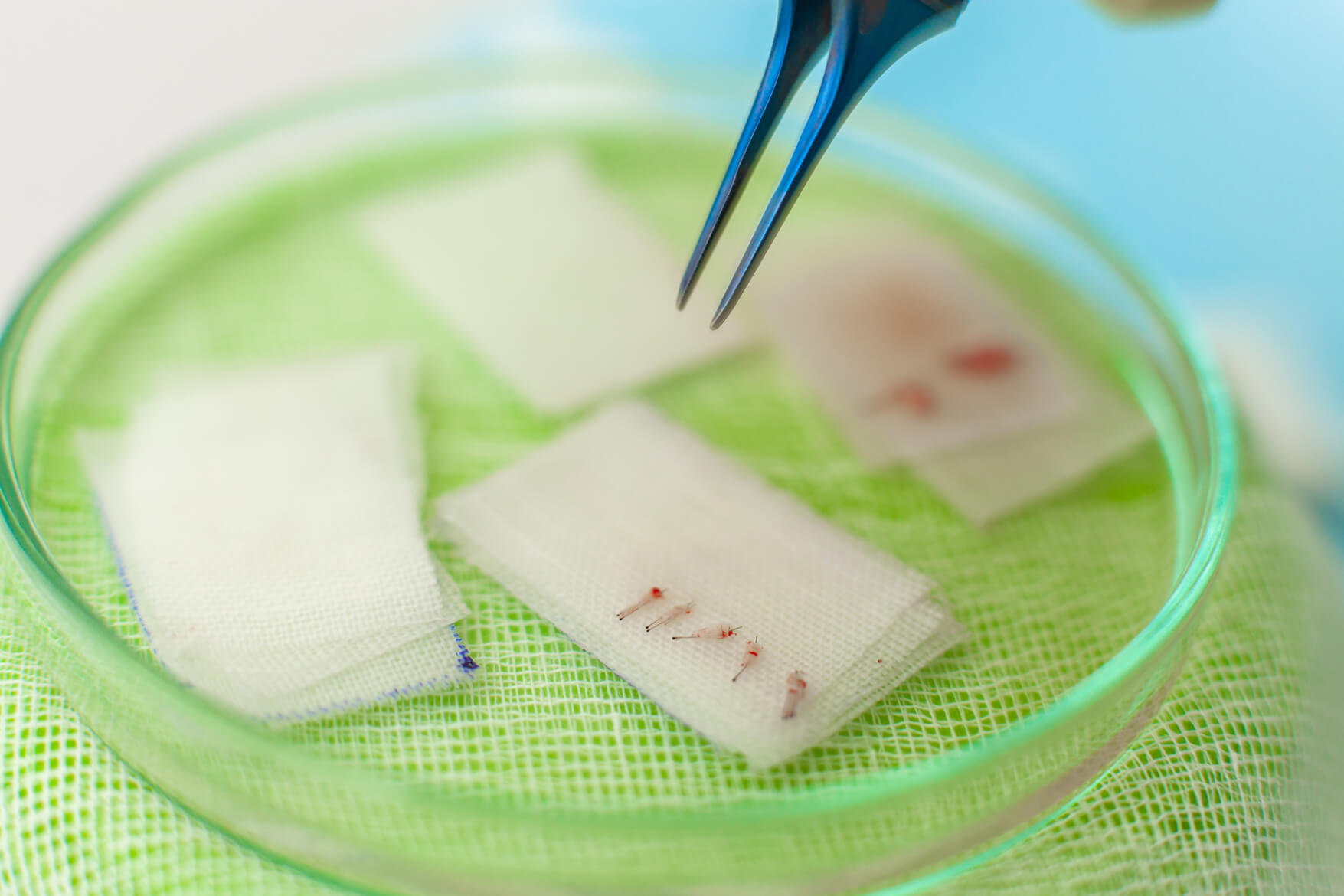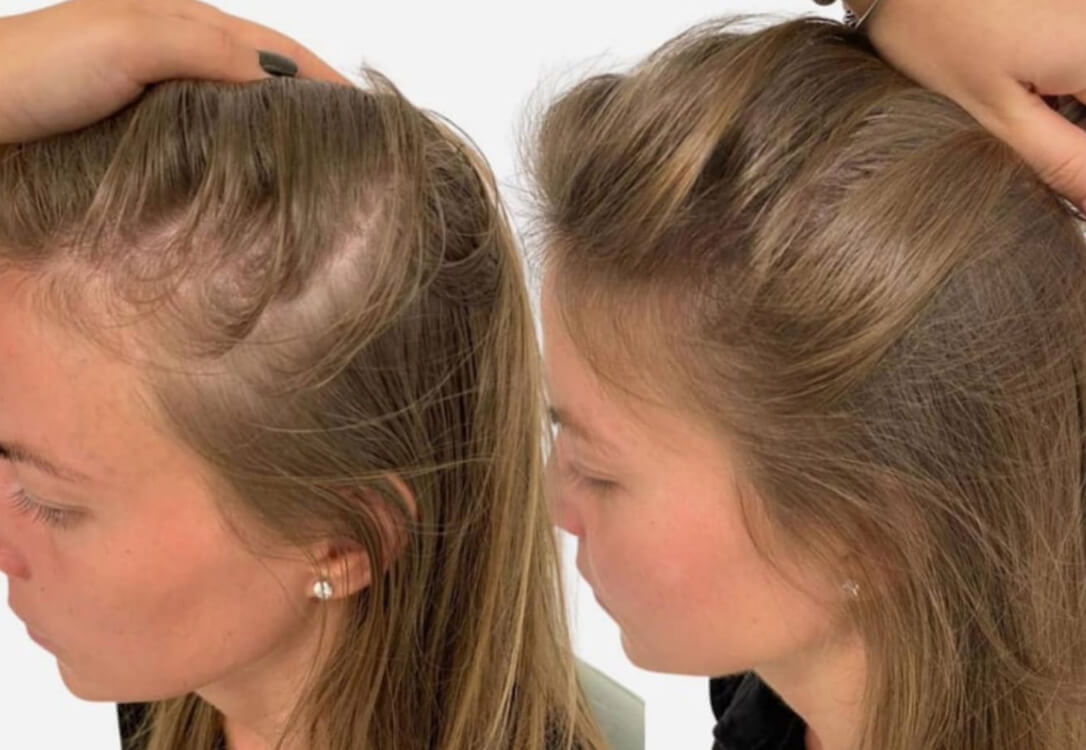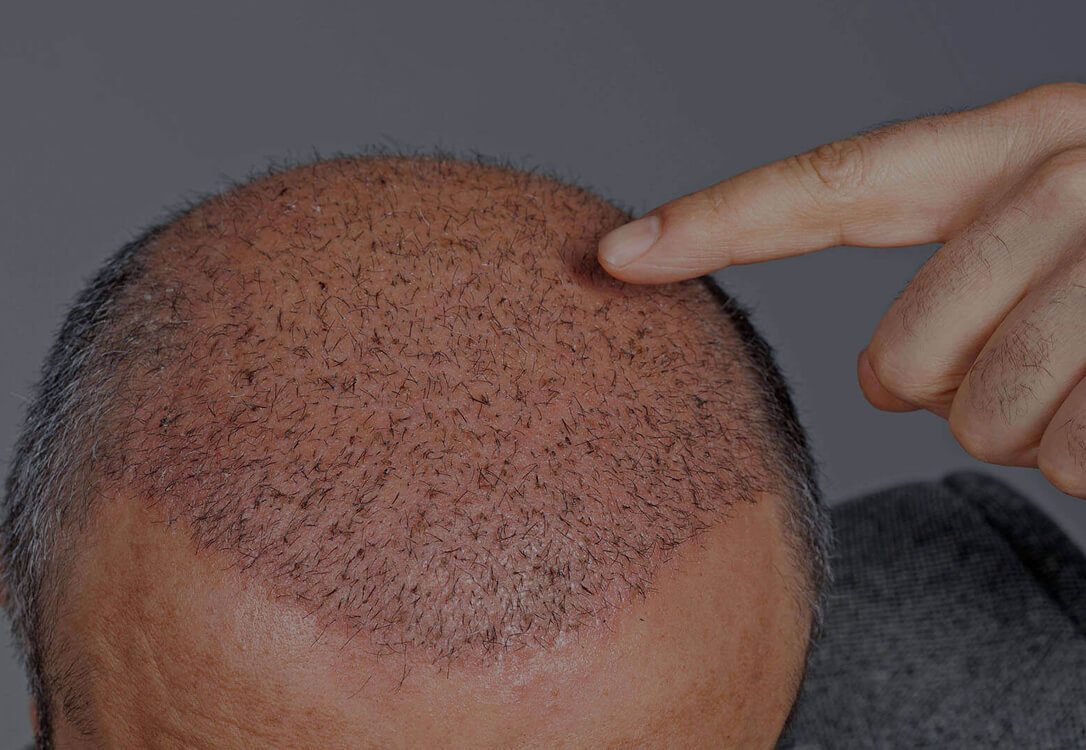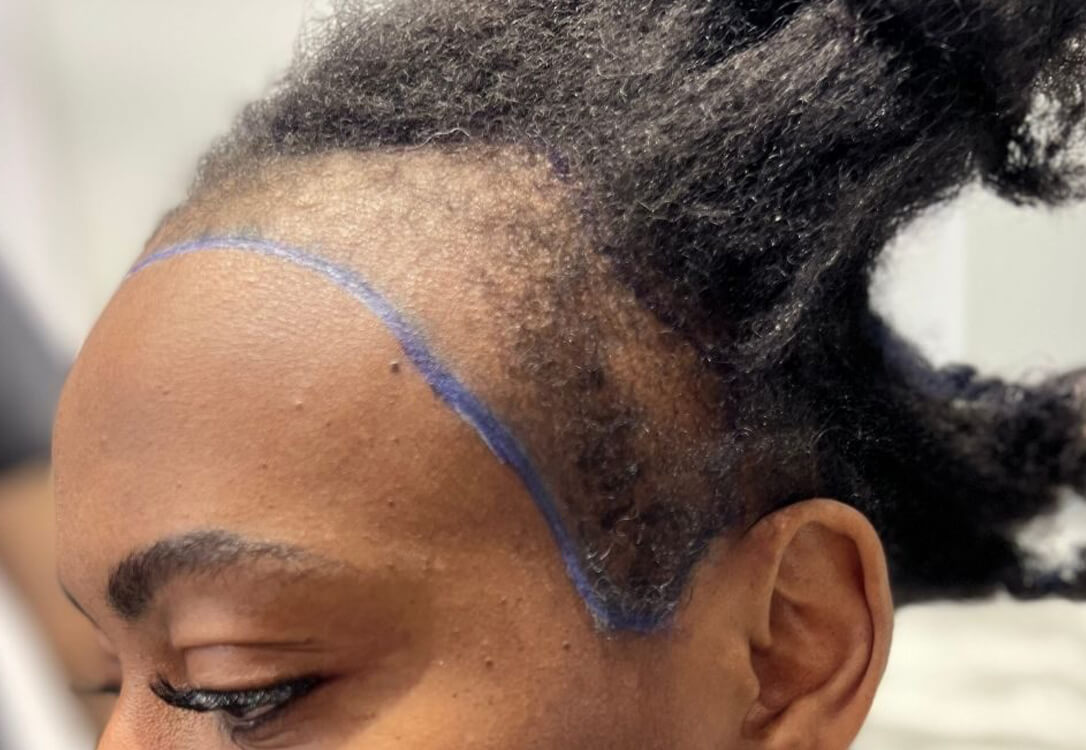The subject of what a graft is is one of the other things that people who wish to have hair transplantation wonder about. A graft is defined as “the transfer of a tissue to a new nutritional site by removing it from the blood supply that nourishes it” in medical terminology. The hair follicles in the neck and above-ear regions are transplanted to the balding area using the graft transplantation procedure used in hair transplantation.
Graft is a phrase used in hair transplantation to describe tissue fragments that will be removed from the donor area and inserted into the desired location. These tissue fragments, which include some skin and hair follicles, are classified into various categories based on how many hair follicles they include. The grafts used in hair transplantation are often taken from the nape area, and they can range in size and contain double, triple, quadruple, or even quintuple hair follicles.
Contrary to popular belief, when referring to a hair transplant, the term “graft” does not refer to the quantity of hair follicles. This makes the quantity of hair follicles present in the tissue pieces more significant than the number of tissue pieces that will be transplanted. Three thousand to six thousand hair grafts are transplanted during a single hair transplant treatment. It’s crucial that the patient is the donor during hair transplantation.
Grafts obtained from a different person cannot be given to a different person. Even after transplantation, it is unable to adjust to the new canals, and the roots become weak. Grafts are alive throughout the entire process of hair transplantation. While they are removed from the donor location, sorted, and transplanted, they are always alive and continue the natural hair cycle. Only a few days after hair transplantation do they even start to show up on the skin.
The grafts are categorized according to how many hair follicles they contain while being separated from the tissue components prior to the grooving procedure. It is vital to group the hair strands produced by the extracted roots in accordance with any color differences at the same time. The channels should be opened during hair transplantation at the proper depth, and the grafts should be positioned in the new locations at the correct angle.
The “diffusion” strategy is used to feed the hair follicles until they become acclimated to their new locations (until tissue-related vascular connections are formed). Diffusion describes how the capillaries feed the tissues around the grafts and tissues.





